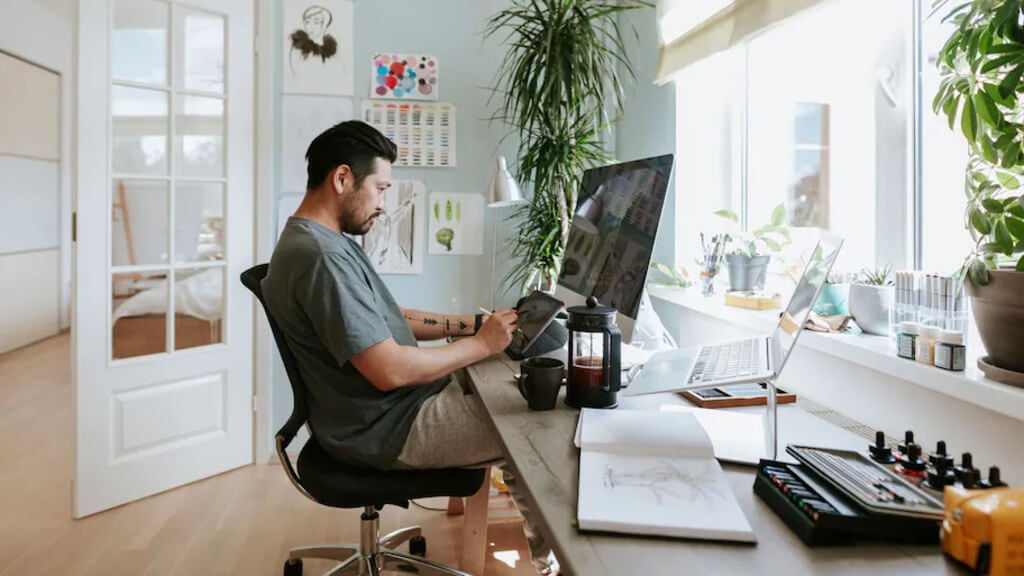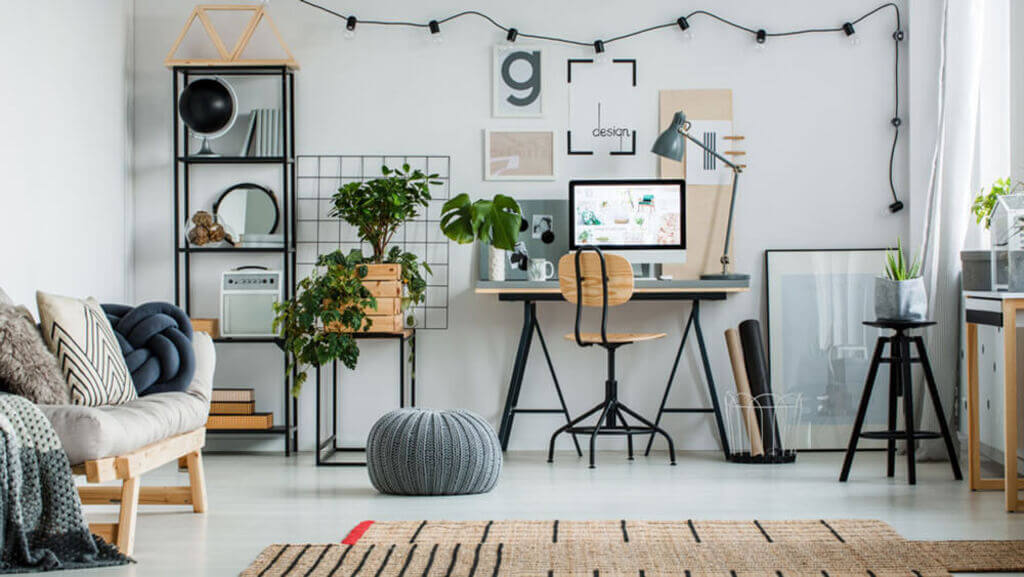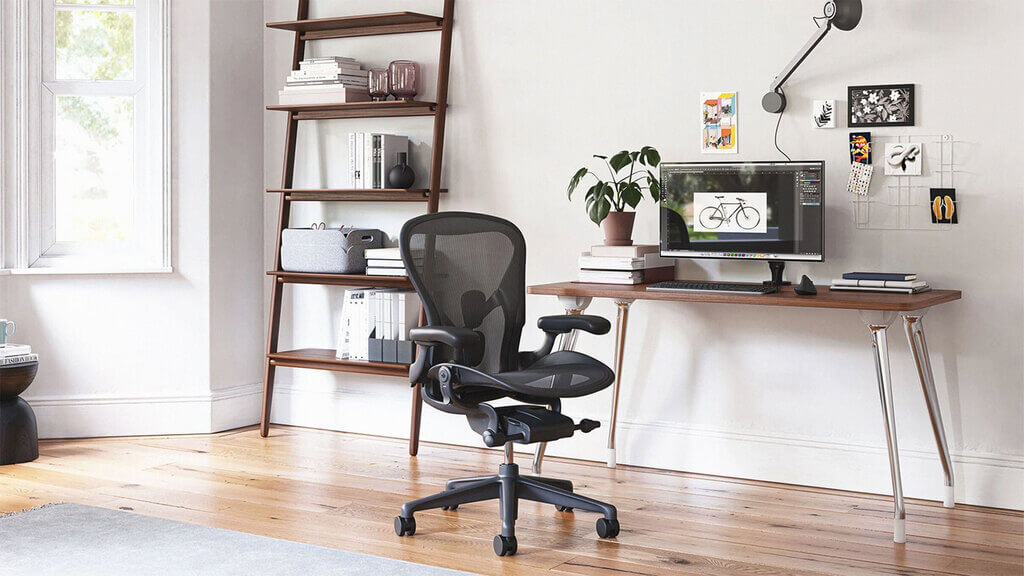With remote work’s rise and the prevalence of home offices, a home or space owner needs to have a functional and comfortable area. As a designer or decorator, you can help your clients create a space that works for their needs and enhances their productivity.
In this blog post, we’ll share some practical tips to positively assist your clients to improve their home office rooms. Here are ten valuable recommendations that you can note and follow:
1. Understand the Owner’s Needs

The first step in improving your client’s home office is understanding their needs. What kind of work do they do? What equipment do they need? Do they have any physical limitations or preferences? You can make a workspace that works for them by understanding their needs.
2. Consider the Layout
After listing your client’s needs, the second step in designing a home office is considering the room’s layout. Think about the client’s room size and shape and how your client will use it.
Do they need a large desk to spread paperwork or prefer to work on a laptop instead? Will they host meetings or video calls, and where will they set up their camera? By considering these factors, you can construct a layout that can maximize the use of the space.
3. Optimize the Lighting

Good lighting is essential in any workspace, as it can enhance concentration and reduce eye strain. Place your desk near a window or skylight to receive natural light.
Use task lighting, such as a desk lamp, if there’s little natural light. Be sure to choose bulbs with a color temperature of around 5000K, similar to daylight.
4. Choose Comfortable Seating
Sitting at a desk for hours can be uncomfortable and lead to back pain. Choosing a comfortable chair that provides good support is critical to avoid this. Find a chair with impressive features, like adjustable height, tilt, and lumbar support. Your client may also want to consider a standing desk or a balance ball chair as an alternative to a traditional office chair.
5. Soundproof the Home Office Room

To soundproof your client’s home office, you must first assess the noise sources affecting their workspace. You can ask your client about any external noises, such as traffic, construction, or noisy neighbors, and identify any gaps or cracks in doors, windows, or walls contributing to the noise levels.
Once you have identified the noise sources, you can recommend appropriate soundproofing solutions that target those areas. Standard soundproofing solutions for a home office include adding sound-absorbing materials, including soundproof curtains and carpeting, or installing acoustic panels like an Acudor steel flush acoustical access door to reduce noise levels effectively.
6. Use Storage Solutions
A cluttered workspace can be disturbing, adversely affecting and reducing your client’s productivity. Install shelves, cabinets, and filing systems to keep the space organized.
Consider the client’s specific needs, such as whether they need to store paperwork, books, or equipment. This way, you can help your client keep their workspace tidy and efficient by giving them ample storage to keep their things from disarraying around the home office.
7. Add Personal Touches

A home office should feel like a personal space, so encourage your client to add some personal touches such as artwork, office plants, or family photos. These elements can help create a more relaxed and comfortable environment, increasing productivity.
8. Manage Cables and Wires
In today’s digital age, a home office can quickly become cluttered with cables and wires. To protect your client from this mess, use cable management tools like cable ties or cable sleeves to keep everything organized and out of sight. It can help you design a cleaner and more streamlined workspace.
9. Incorporate Colors

Color can significantly impact our mood and productivity, so consider incorporating color into your client’s home office. Blue and green are known to be calming and can promote focus, while yellow and orange can create a sense of energy and enthusiasm. Be sure to choose colors that complement the client’s style and preferences.
10. Prioritize Functionality
Ultimately, the most crucial aspect of a home office is its functionality. It should be a space where your client can work efficiently and productively, so pay great attention to their needs and preferences when designing the space. Consider factors such as desk size, storage solutions, and seating comfort to build a workspace that works for them.
Effectively Turn Simple Home Spaces into Highly Functional Rooms
Designing a home office that meets your client’s needs and preferences requires careful consideration of layout, lighting, seating, storage, personal touches, cable management, color, and functionality. Following these tips can aid in crafting a workspace that enhances productivity and promotes well-being.
Continue reading:-

